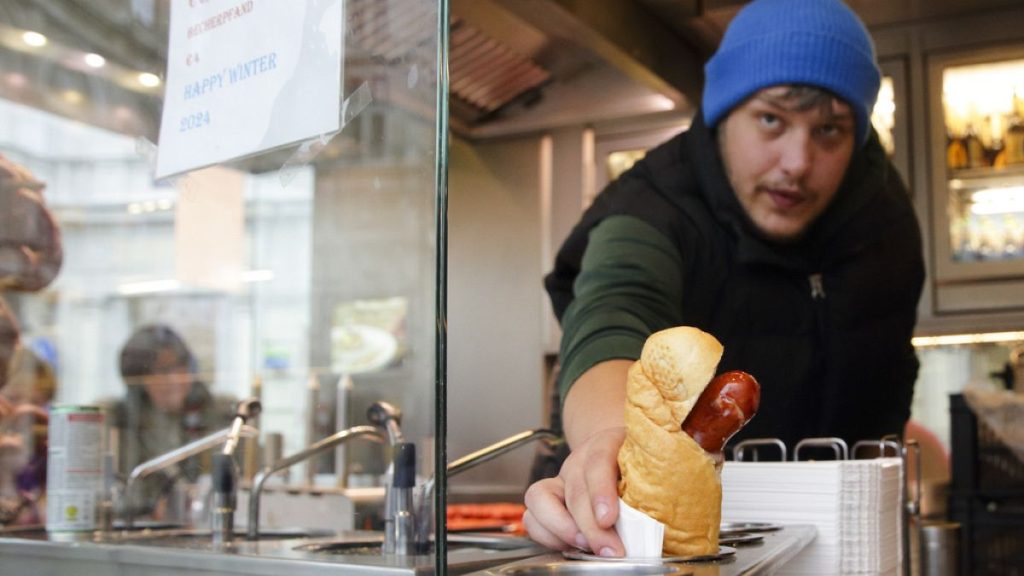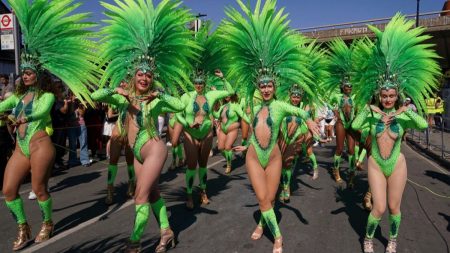Vienna’s Würstelstand, a renowned sausage stand that serves as a cultural melting pot in the city, has recently been recognized by the Austrian UNESCO Commission as part of the nation’s intangible cultural heritage. This acknowledgment places the Würstelstand alongside other iconic Viennese traditions such as wine taverns, known as “Heurigen,” and the esteemed coffee house culture, which were added to UNESCO’s list in recent years. The Würstelstand, with its laid-back yet inviting atmosphere, has been a beloved gathering spot for both locals and tourists. It captures the essence of Vienna’s diverse social landscape by bringing together individuals across various backgrounds and professions, all united by their appreciation for Vienna’s signature sausages.
Integral to the Würstelstand experience are the mouthwatering sausages on offer, including the coarse-boiled “Haasse,” the cheese-filled “Käsekrainer” (affectionately nicknamed the “Eitrige”), and the spicy “Oaschpfeiferl.” The culinary offerings extend to the “Krokodü,” which is a gherkin complementing the sausages. These street stands are esteemed not just for their menu but also for their place in Vienna’s history, as they are quintessential to the daily lives of the city’s inhabitants. Josef Bitzinger, who manages the Bitzinger Würstelstand adjacent to the Albertina Museum, recounts the stand’s history, which dates back to the times of the Austro-Hungarian Empire and the post-World War I era when former soldiers set up mobile kitchens as a means of survival.
The Würstelstand’s evolution from humble beginnings is notable; it started with simple hot water buckets for cooking sausages and transitioned from dog-drawn carriages to permanently established stalls in 1969. This shift highlighted the Würstelstand’s significance in the urban landscape, leading to the invention of the Käsekrainer, which has become one of the stand’s enduring classics. The establishment symbolizes not only culinary innovation but also represents the resilience of a tradition that has withstood the test of time. The Würstelstand is deeply woven into the fabric of Viennese society, playing a role that transcends mere food service.
Mayor Michael Ludwig emphasized that the UNESCO designation serves to honor the warmth, diversity, and hospitality of Vienna, portraying the Würstelstand as more than a place to eat but as a community hub where culture and joy are shared among people from all walks of life. This recognition affirms the significance of such venues in maintaining cultural connections, providing a platform for social interaction and the celebration of local traditions. The Würstelstand stands as a testament to Vienna’s identity, showcasing how food can bring together varied individuals in a communal celebration of life.
Bitizinger’s passionate defense of the Würstelstand underscores the belief that such establishments represent an accessible form of gastronomy that bridges socio-economic divides. In these stands, an opera’s general director might find themselves side by side with a street sweeper or a celebrity. This feature of the Würstelstand exemplifies its role in fostering unity and community spirit, illustrating how everyday interactions can dissolve social barriers. It is this characteristic allure that has enabled the Würstelstand to persist as more than just a snack point, but a vibrant cultural space.
The inclusion of the Würstelstand in the UNESCO list is a celebration of Vienna’s unique gastronomy and conviviality, encapsulating the city’s spirit and cultural richness. As it joins the ranks of the city’s cherished traditions, the Würstelstand continues to thrive as a symbol of hospitality and a gathering place for social interaction. This recognition not only honors the tradition and history of Würstelstands but also ensures their preservation for future generations, keeping alive the legacy of a beloved Viennese culture that is accessible and cherished by all.














